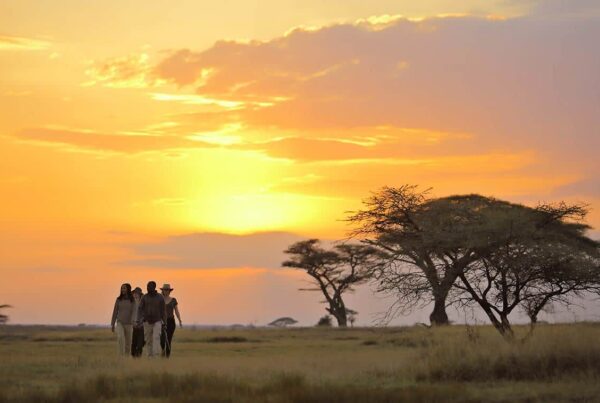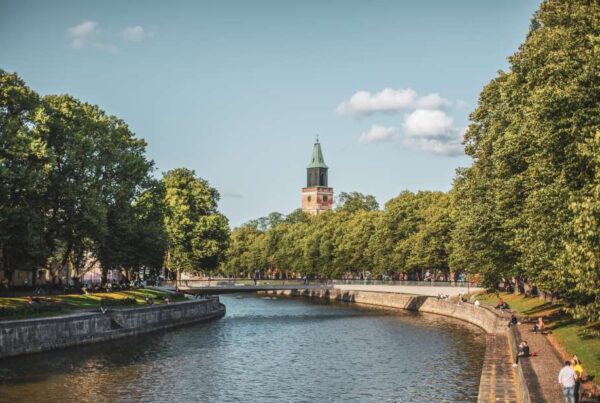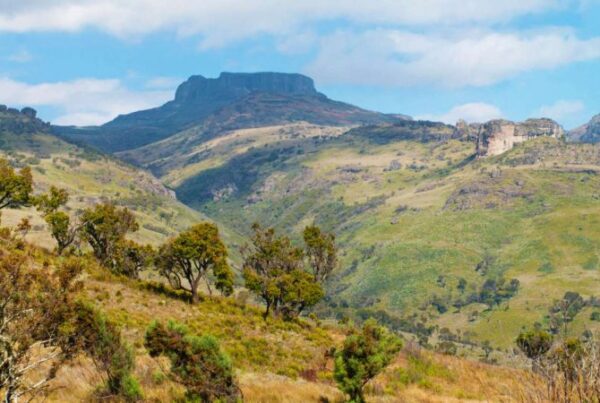How to Get There — Mabira Forest Chimpanzee Tracking for Long-Stay Travelers
Journey into Uganda’s Green Heart
Deep within central Uganda lies a sprawling wilderness of emerald canopies, tangled vines, and hidden wildlife treasures. Mabira Forest, stretching between Kampala and Jinja, is more than a green lung for the nation; it is a sanctuary where biodiversity flourishes and adventure seekers find solace. While many know the forest for its hiking trails, cycling routes, and birding opportunities, its reputation as a destination for chimpanzee tracking is quietly rising.
For long-stay travelers, Mabira offers a chance to immerse deeply, not rushing through the forest in a single afternoon but absorbing its layered beauty over days or even weeks. Yet, before such an adventure begins, one must understand the practical and cultural question at its core: how to get there. Reaching Mabira is not merely a matter of distance; it is a journey that prepares the spirit for the experiences within.
Locating Mabira Forest: The Geographic Context
Mabira lies approximately 54 kilometers east of Kampala, Uganda’s bustling capital, and only about 20 kilometers from Jinja, the adventure capital perched on the source of the Nile. This central location makes it one of the most accessible forests in Uganda, yet the experience feels worlds away from the city’s clamor.
For long-stay travelers, Mabira becomes an ideal stopover—close enough to urban centers for convenience, yet remote enough to provide serenity and immersion. Nestled along the Kampala–Jinja highway, its accessibility has played a key role in making it both a conservation site and a tourism hub. The ease of access also allows travelers to combine chimpanzee tracking with other long-stay experiences, such as white-water rafting on the Nile, cultural immersion in Jinja, or urban exploration in Kampala.
The Road Journey: From Kampala or Entebbe
The most common route into Mabira Forest is by road. For those arriving through Entebbe International Airport, the journey first leads through Kampala, Uganda’s capital, before proceeding along the highway toward Jinja. The drive from Kampala takes about an hour under favorable traffic conditions, though long-stay travelers often stretch this into a leisurely half-day trip, stopping along the way to savor roadside food and local culture.
Travelers are treated to a kaleidoscope of experiences along the highway—freshly roasted gonja (plantain), skewers of grilled meat, and the aroma of African tea at roadside stalls. For groups or those staying longer, this gradual immersion into the culinary and social life of central Uganda enriches the forest visit even before arrival. Every mile is part of the preparation, where the rhythms of daily life blend with the anticipation of wilderness.
Access from Jinja: The Gateway of Adventure
For travelers who base themselves in Jinja, reaching Mabira is even simpler. The town lies less than 30 minutes from the forest edge, allowing visitors to shift seamlessly between the thrill of Nile adventures and the calm of forest exploration. Long-stay travelers often choose to split their time between Jinja’s lakeside lodges and Mabira’s eco-retreats, blending water-based adventure with the forest’s earthy charm.
Cyclists and eco-travelers in particular find this route rewarding, as cycling from Jinja into the edges of Mabira allows for an intimate experience of rural Uganda, with children waving by the roadside, farmlands stretching into the distance, and the forest gradually rising into view. This mode of arrival transforms the act of getting there into an adventure of its own.
Internal Routes: Moving Around the Forest
Once inside Mabira, the experience shifts from highways to forest trails. Long-stay travelers quickly learn that getting around the forest requires flexibility. Narrow dirt paths snake through thick vegetation, linking eco-lodges, community centers, and chimpanzee tracking points. These internal routes are best navigated with guides, not only for orientation but also for interpretation, as every path carries its own ecological story.
For those with extended stays, guided walks or cycling tours within Mabira allow repeated explorations of the same trails, each visit revealing new layers of biodiversity. The journey to a chimpanzee troop may take a few hours or an entire day, depending on their movements, and travelers learn to embrace this unpredictability as part of the forest’s rhythm.
Why the Journey Matters for Long-Stay Travelers
For short-term visitors, Mabira may appear as a day trip, but for long-stay travelers, the journey there acquires deeper significance. The act of getting there is not just logistical; it becomes psychological preparation. The gradual departure from the buzz of Kampala or Jinja into the quietude of Mabira is transformative, as layers of noise, dust, and routine peel away to make space for immersion.
This extended relationship with the forest allows long-stay travelers to build familiarity with its landscapes, adjusting to its patterns of light and sound. By arriving thoughtfully and staying longer, one develops a connection with Mabira that goes beyond tourism into something resembling companionship with the wild.
Chimpanzee Tracking: Anchoring the Journey
The highlight of arrival is, of course, chimpanzee tracking. The forest, dense and humid, demands stamina and attentiveness. Rangers lead groups into territories where chimpanzees are known to forage, and the trek itself becomes as rewarding as the eventual sighting. For long-stay travelers, repeated treks allow a cumulative understanding of chimpanzee behavior—watching as troops interact, feed, or move through the canopy.
The journey to tracking points varies daily, as chimpanzees are not confined to a single area. Sometimes the hike is short and direct; other times, it stretches into long, winding explorations. This variability means that each attempt feels like a new adventure, reinforcing the idea that in Mabira, getting there is as important as being there.
Seasonal Considerations for Travel
How one gets to Mabira also depends on the seasons. During the rainy months of March to May and September to November, the Kampala–Jinja highway often remains passable, but internal forest trails become muddy and slippery. Long-stay travelers learn to embrace these conditions, equipping themselves with waterproof boots and patience. In the dry seasons of June to August and December to February, the ease of access increases, though the forest retains its dense, humid charm.
Choosing when to travel is less about convenience and more about preference. Rainy seasons may be challenging but offer lush greenery and heightened animal activity, while dry months simplify logistics but may bring larger crowds. For long-stay visitors, both seasons can be embraced fully, as time allows for patience and repeat experiences.
Cultural and Community Layers Along the Journey
The routes into Mabira are not only ecological but also cultural. Roadside communities reflect the vibrancy of Ugandan life, with bustling markets, schools, and small-scale farms visible to passing travelers. For long-stay visitors, pausing in these towns and villages provides meaningful cultural engagement, offering insights into the symbiotic relationship between people and the forest.
Community-based tourism initiatives around Mabira allow travelers to enrich their journeys by learning about traditional medicine, sustainable farming, and cultural performances. Thus, the journey to chimpanzee tracking extends beyond natural landscapes into human narratives that are equally vital to the forest’s identity.
The Spiritual Aspect of Arrival
There is something inherently transformative about arriving at Mabira Forest. The gradual transition from city to wilderness mirrors a deeper internal journey from distraction to focus. For long-stay travelers, this spiritual dimension intensifies, as the repeated act of traveling into the forest cultivates a rhythm of respect and mindfulness. The destination ceases to be a mere location and becomes a lived relationship with the natural world.
This perspective makes chimpanzee tracking more than a tourist activity; it becomes an act of communion with creatures that share 98% of human DNA, observed in their natural home, accessed only through deliberate journeying and patience.
Arrival as a Living Experience
To understand how to get there is to understand Mabira itself. The forest does not reveal its treasures to those who rush. Instead, it rewards the traveler who approaches thoughtfully, who views every mile from Kampala or Jinja, every roadside encounter, and every muddy trail as part of the experience. For long-stay visitors, arrival is never complete; it is a continuous act of rediscovery, each journey deeper than the last.
To transform this journey into a seamless, meaningful adventure, travelers are encouraged to plan with experts who understand the rhythms of both forest and culture. Booking with WildHorn Africa ensures that every aspect of the trip—from the road journey to the heart of chimpanzee territory—is crafted with care, professionalism, and authenticity. In this way, the act of getting there becomes not just a passage but the very essence of the Mabira experience.




 WildHorn Africa – Authentic and unforgettable tours across Africa, guided by local experts who know the land, wildlife, and culture best.
WildHorn Africa – Authentic and unforgettable tours across Africa, guided by local experts who know the land, wildlife, and culture best.


